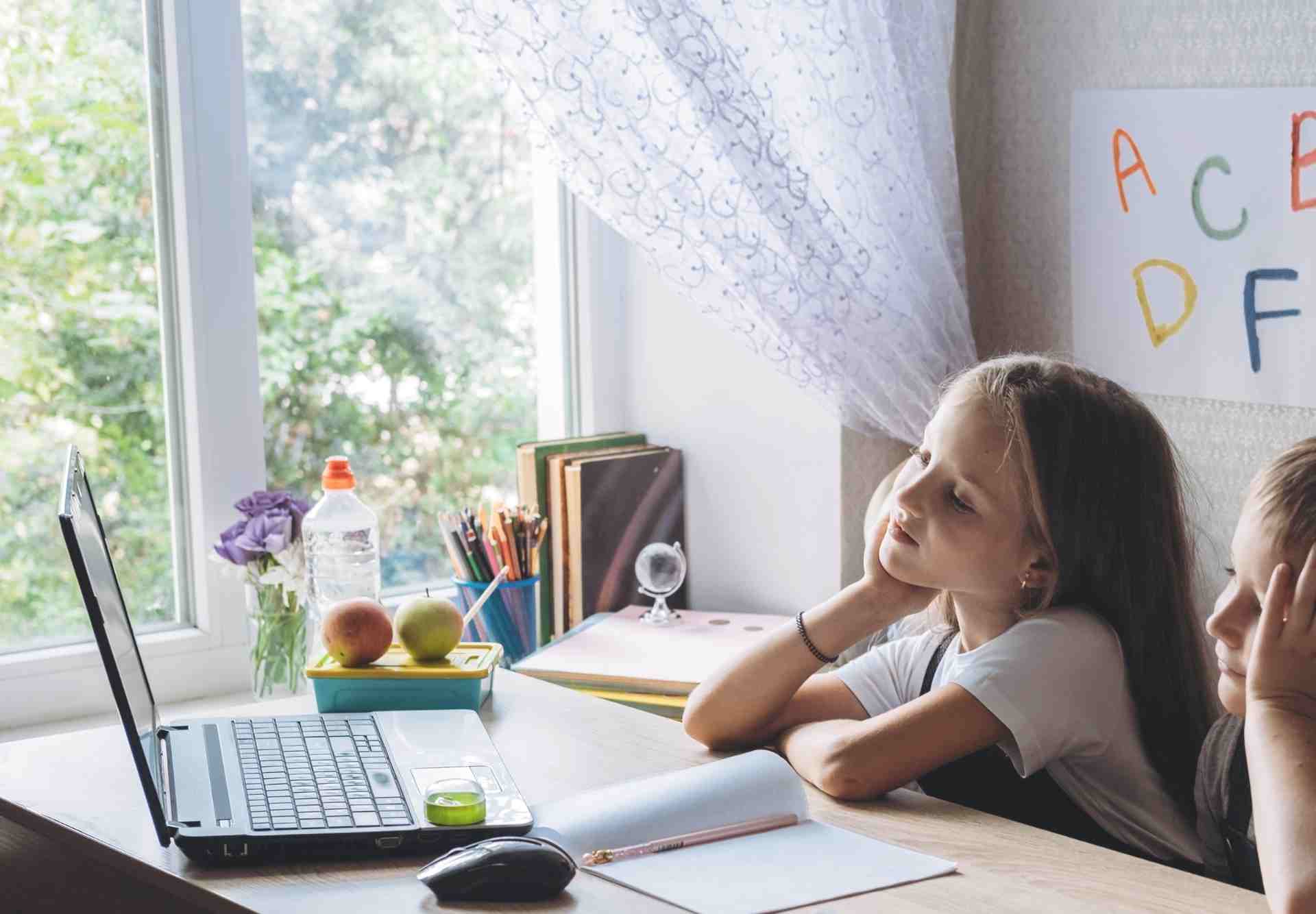Most students are expected to resume regular, in-person classes in the upcoming fall of 2021 after experiencing a nearly complete school year hiatus due to the COVID-19 pandemic. Nevertheless, numerous parents are interested in understanding the impacts of online education and hybrid learning models on their children.
Throughout the nation (and globally), a significant portion of students dedicate some time each week to self-directed study. Research and personal stories reveal that many children face formidable challenges.
The Unknown Long-Term Effects of Online Education
The lasting repercussions of online education remain uncertain. However, ongoing research offers insights into how various types of students may react to computer-based home instruction.
It is essential to acknowledge the immense hurdles that numerous remote learners confront, such as family illnesses (including bereavements), job loss, financial strains, persistent stress, disrupted routines, and feelings of isolation.
While it is heartening to witness students maintaining their academic performance amidst the pandemic-induced adversities, many families and children have endured significant hardships due to distance learning. Some parents have sacrificed their careers to become full-time educators for their children, while others had to leave their kids unsupervised at home while they worked. Many students struggled to keep pace with the demands of online learning, even with parental support.
Disparities in Access and Support
Certain students faced challenges accessing online classes due to variations in digital literacy and internet availability among students, teachers, and families.
Numerous children lacked access to basic amenities like Wi-Fi or computers, often having to share devices with siblings or relatives. These discrepancies are concerning as they have the potential to widen the achievement gap between affluent and underprivileged students.
Distance education posed particular challenges for students from marginalized groups, those with learning disabilities, bilingual learners, and individuals with mental health issues. Some families lacked the resources to provide adequate academic assistance to their children, leading older siblings to assume household and work responsibilities.
Diverse Impacts on Students
While some students excelled in online environments, particularly those who thrived on autonomy, many struggled and experienced emotional and physical distress. The data indicates that a significant number of students faced difficulties and felt left behind. Those who grappled with online learning reported adverse effects on their well-being.
Varied Educational Effects
Contrasting Concerns
Many students, including my own children, opted to disable their cameras during virtual classes, resulting in a sea of blank screens instead of engaging with peers.
Assessment Challenges
Educators’ attempts to monitor student progress amid distance learning often proved challenging. Students in need of substantial assistance frequently received inadequate support despite efforts from teachers and parents.
Emotional Well-Being Outcomes
The period of remote learning saw a surge in mental health issues like depression, anxiety, and eating disorders among students. Concerns about increased feelings of isolation and suicide risk prompted calls for a return to traditional classroom settings.
Impact on Physical Health
The shift to at-home learning led to reduced physical activity levels as students spent more time indoors in front of screens. Disruptions in physical education and extracurricular sports further exacerbated this issue.
Increased instances of weight gain, headaches, poor sleep, and eye strain were observed among children, particularly those experiencing domestic abuse. The term “covibesity” emerged to describe the pandemic-induced weight gain phenomenon, affecting children globally.
Transitioning Back to In-Person Schooling
As the COVID-19 pandemic nears its conclusion due to containment measures and vaccination efforts, most school districts are gearing up for a return to regular class schedules this fall. Ensuring a smooth transition back to in-person learning is a top priority for educators.
Efforts are underway to address the needs of students who may have struggled during the online education phase. Support in areas like education, mental health, and economic stability is crucial for students and families. Schools are offering food assistance, summer programs, tutoring, counseling, and other resources to aid students in readjusting to traditional schooling.
While reflections on the challenges of online learning during the pandemic may evoke mixed emotions, it is important to remain hopeful and appreciative of the progress made. Celebrating students’ achievements in knowledge acquisition, resilience, and personal growth is paramount as schools resume normal operations.
Meaningful articles you might like: Finest Sites For Online Reading Instruction, The Best Online Chemistry Tutoring Companies, 7 Tips for Preparing Children for Online and Blended Learning

